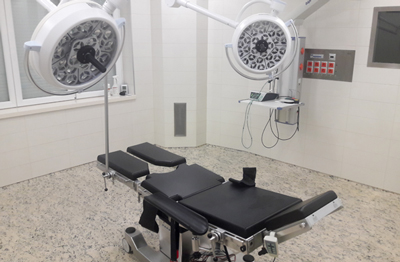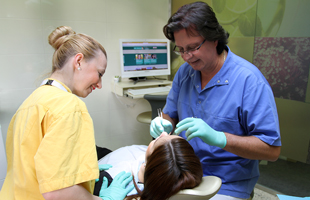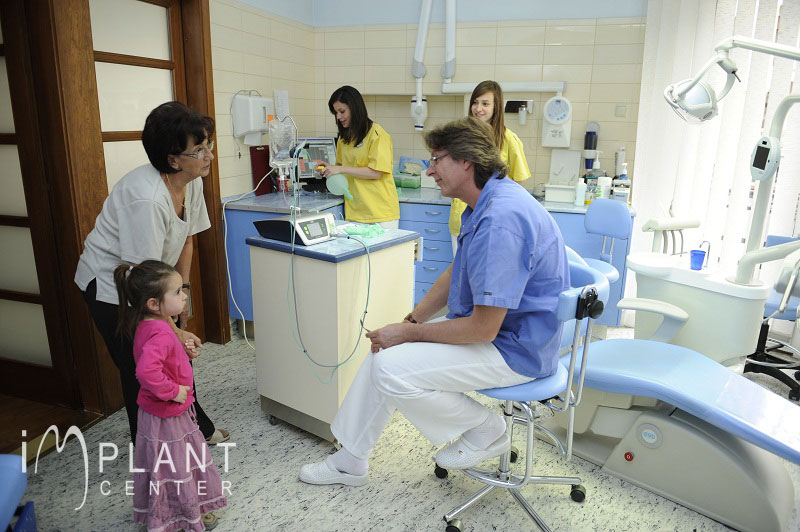X-Rays
- Digital X-ray:a new imaging method used in dentisry. A small sensor unit sends pictures to a computer to be recorded and saved.
Advantages of digital radiography:
- immediate viewing of images: This is highly desirable during most procedures but especially during implant procedures, endodontic root canal therapy and post placement,
- crown and bridge restoration seating, and patient education.
- enhancement of images
- retake of images
- data storage
- patient education
- decreased radiation
- elimination of chemicals and dark rooms
- Panoramic X-rays show a broad view of the jaws, teeth, sinuses, nasal area, and temporomandibular (jaw) joints. These X-rays do not find cavities but do show problems such as impacted teeth, bone abnormalities, cysts, solid growths (tumors), infections, and fractures.
- Periapical X-rays show the entire tooth, from the exposed crown to the end of the root and the bones that support the tooth. These X-rays are used to find dental problems below the gum line or in the jaw, such as impacted teeth, abscesses, cysts, tumors, and bone changes linked to some diseases.
- Computed tomography, otherwise known as CT scanning, shows the body's interior structures as a three-dimensional image. This type of X-ray is used to identify problems in the bones of the face, such as tumors or fractures.
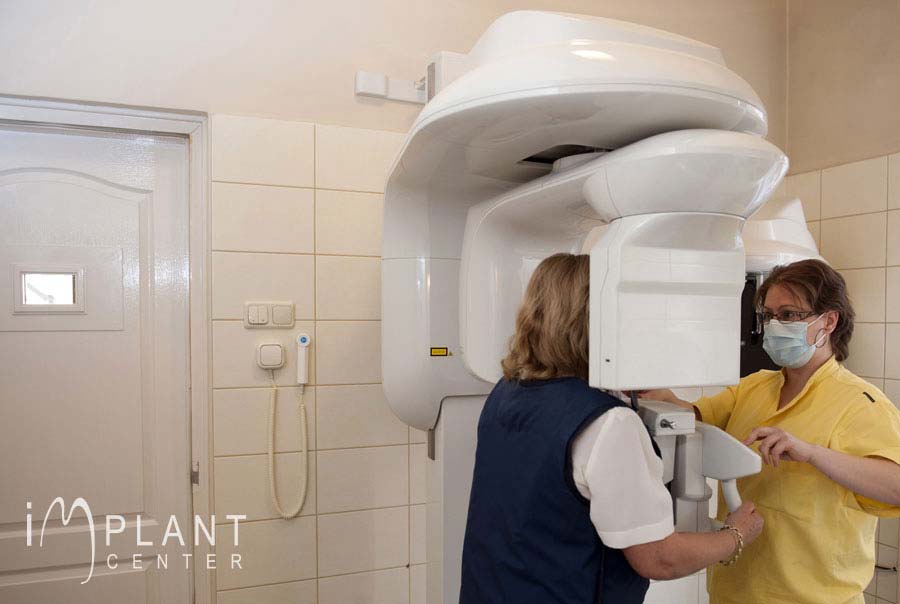
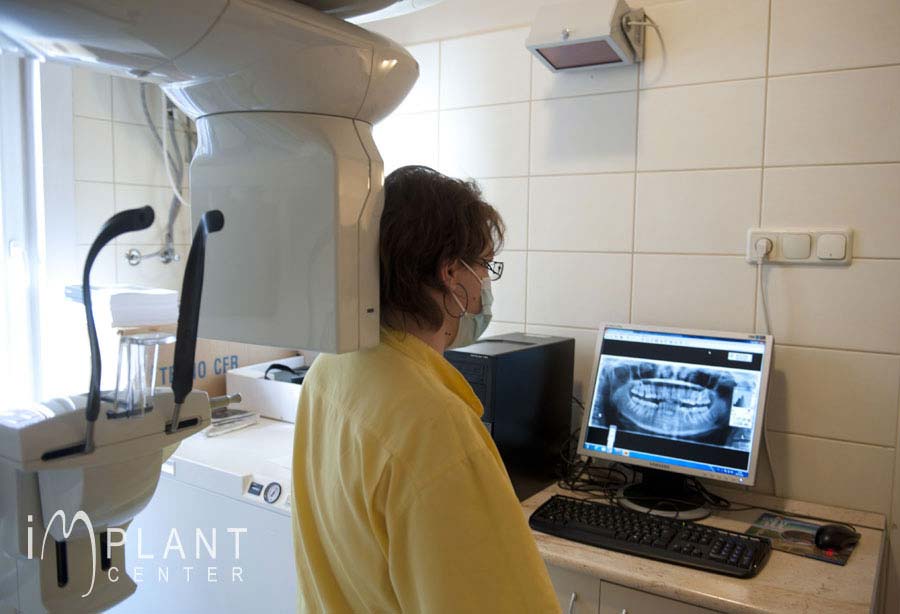
Related services
Testimonials
Overall very happy with the work done and how short the appointments were over the three days. Very minimal pain for what I thought was a big procedure, thanks again.
Mark A



